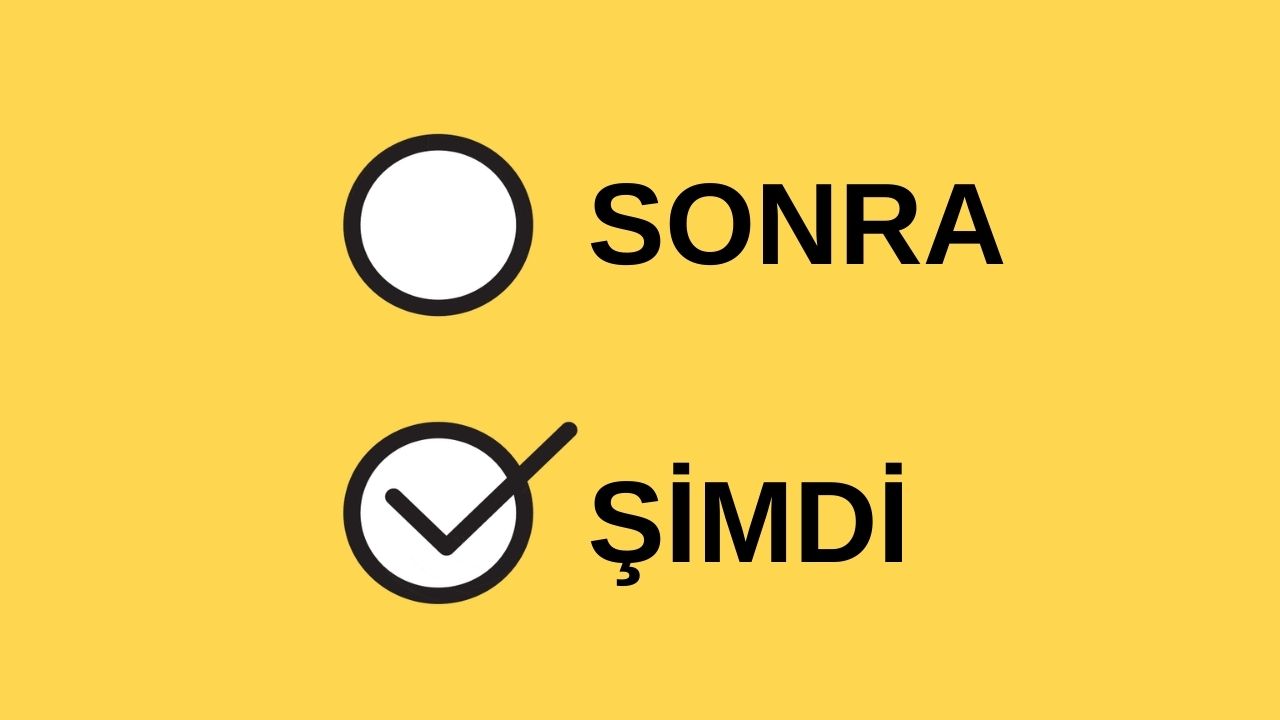The responsibilities of people with a habit of procrastination can pile up like a mountain. In such situations, methods that help us be productive come to our aid, such as ‘Structured Procrastination’. So what is ‘Structured Procrastination’ and what does it mean that can motivate us to take action?
We are sure that everyone more important And he has work to finish. While there is still time for the work to be done, “I’ll do it later.” There are definitely moments that we just ignore. This could be a project that needs to be handed in, an assignment that needs to be done, or even a message that needs to be sent.
However, minutes before the completion of the task, it becomes so big in our eyes that we sometimes feel bad for procrastinating. However There is a method to prevent this.
The method that those who have the habit of procrastinating should give a try: Structured Procrastination
John Perry, a professor of philosophy at Stanford University, is actually the first person to put forward this concept. According to Perry structured postponement system, This is the art of making bad habits work for us.
This procrastination system allows one to breaking the structure of tasks aims to reshape it. Tasks are ranked by importance. Tasks that seem very urgent and important are at the top of the list, but the things that need to be done are added to the bottom of the list. When a person finishes and crosses off the things he added in the last row, he feels like he has accomplished something.
So how exactly does ‘Structured Procrastination’ work?

Actually, it’s a bit simple. When we make a to-do list, we usually write the tasks that need to be completed at the top of the list. But because we postponed It grows so big in our eyes, We cannot take action and we begin to fail to handle even tasks that are of lower importance. This is exactly where this system starts to work.
The first item on the list is what we enjoy doing and it should be one of those things that does not harm our duties, which are of high importance. For example, it could be browsing social media, watching a favorite scene of a TV series we like, or reading a news story. In the second article, There must be something that we really don’t enjoy doing and think it would be okay if we didn’t do it. For example, organizing the bookshelf, clearing the desk, or removing the dishes from the machine.
The crucial part starts with the third item.

We talked about what we should include and what we should do in the first two items of the list. Now to the third article we came.
Added to this item is a task that you should have done but never started doing because you postponed it. The important thing is to find something that is less worrying than the task with the highest importance. For example, paying bills or completely deleting e-mails that you put in the trash in your e-mail account. To finish the more important task after the third item is accomplished necessary motivation, It is achieved, albeit a little.
Now let’s get back to the main task that needs to be done.

Kevin Systrom, one of the founders of Instagram, has a useful approach on this subject. Systrom, “If you don’t want to do something, make a deal with yourself to do it for at least five minutes. After five minutes, you will have done everything.” says.
In other words, he says, make the necessary suggestions in yourself to do this job and condition yourself to finish this job.
But what if we can’t push ourselves for five minutes?

At this point structured postponement Activated. Rather than finding ourselves in chaos and exaggerating things when looking at news content that we need to finish, a book that we need to read, or dishes that need to be washed, it may be useful to first focus on tasks that do not harm the to-do list when completed. Because cross off an item in the list When we draw, we feel like we have accomplished something and we can better focus on the task we need to do.
In this way, we can end the day more efficiently and prevent procrastination, at least a little, with this method.
